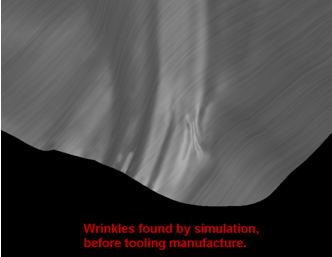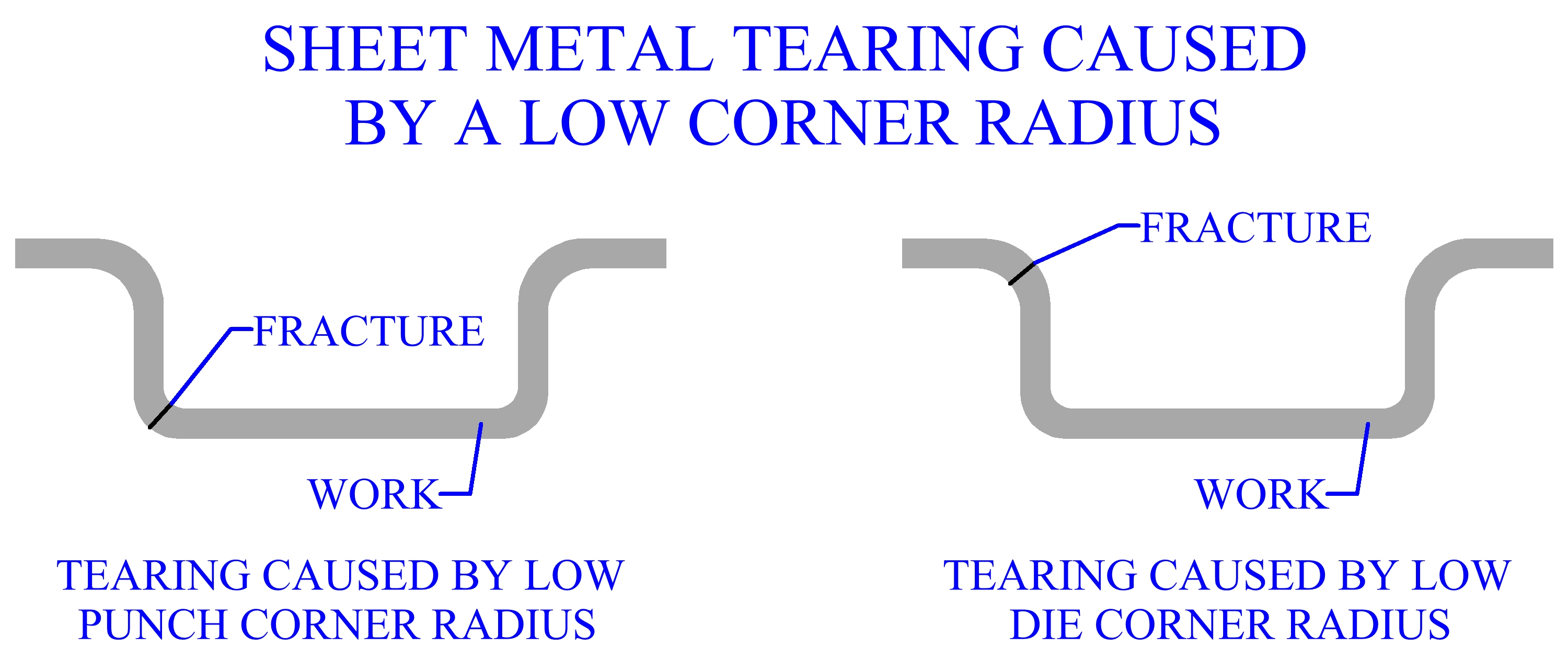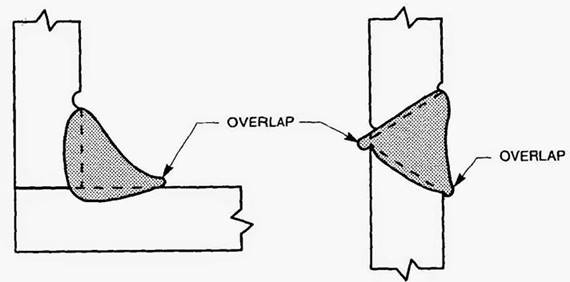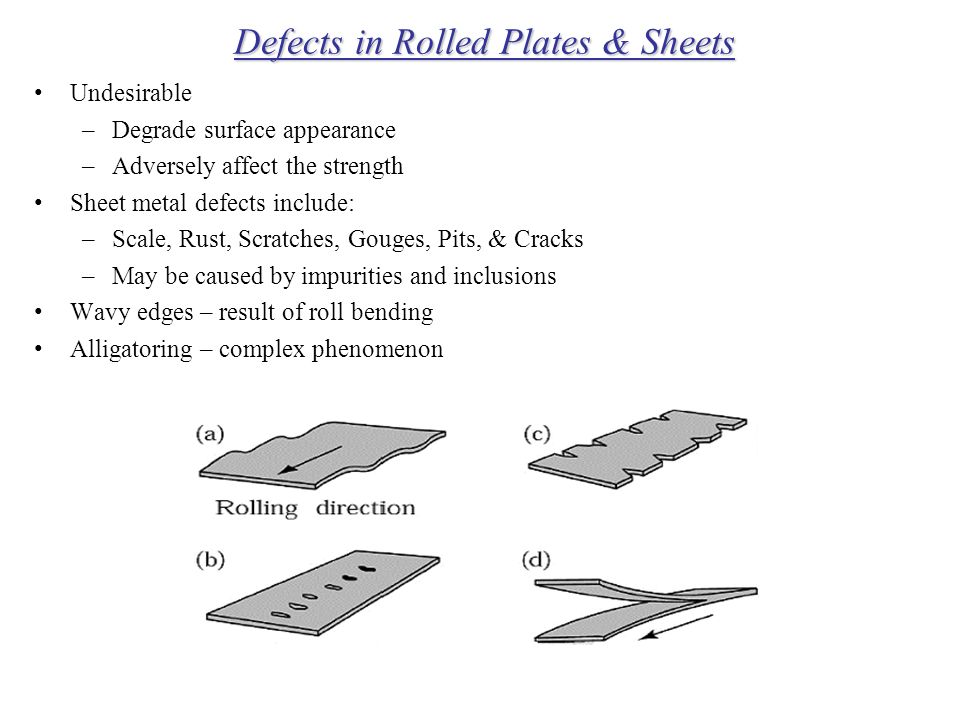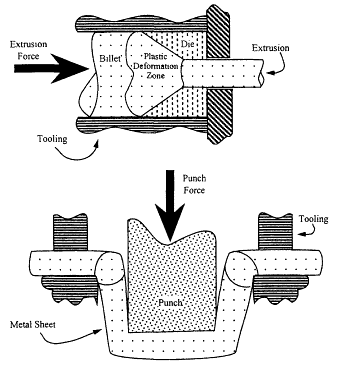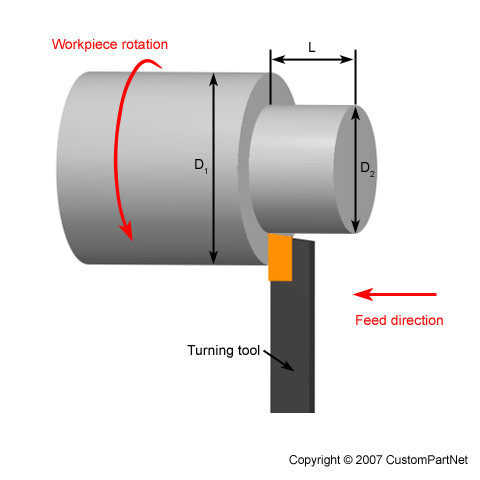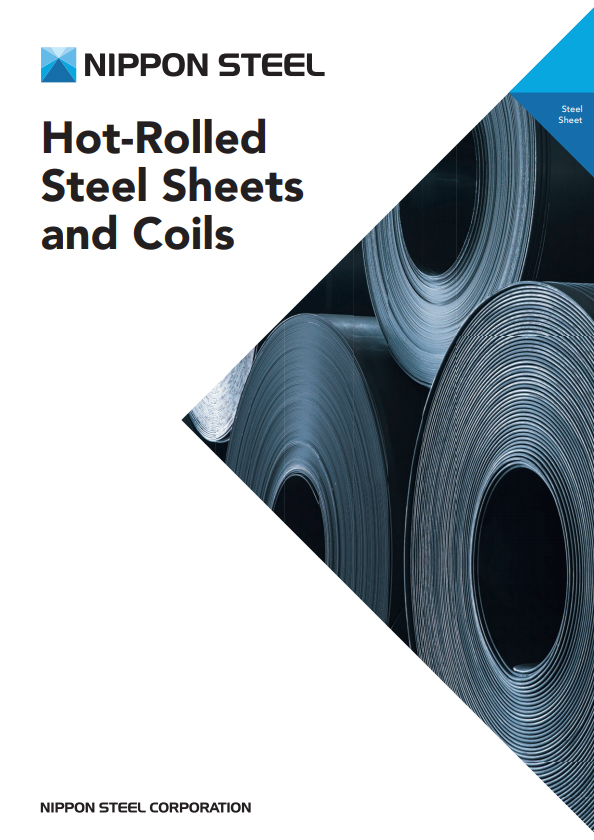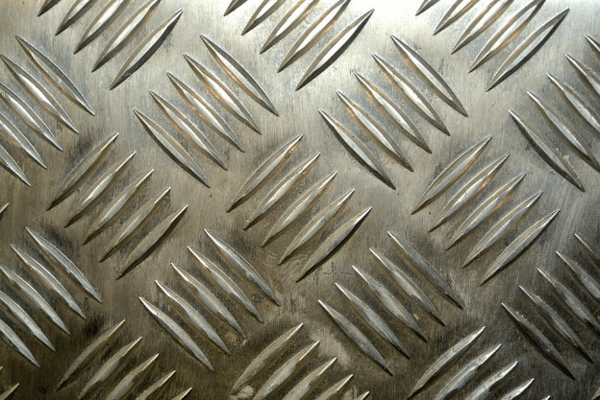Defects In Sheet Metal Operation
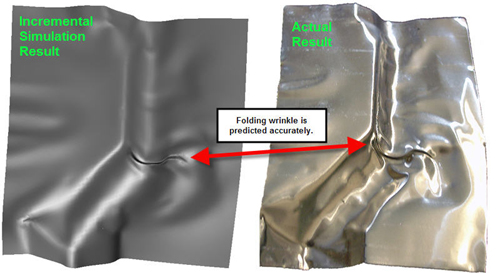
Other drawing operation redrawing drawing without a blankholder not cylindrical cups defects wrinkling in the flange wrinkling in the wall tearing earing anistropy in sheet metal surface scratch.
Defects in sheet metal operation. In deep drawing manufacture if the clearance is too small the sheet may be cut or pierced not well despite the radius. The rolling defects are mainly two types. Defects in drawing wrinkling in the flange wrinkling in the wall tearing earing anistropy in sheet metal surface scratch. With the reliable technicians advanced equipment rigorous quality system rebond is committed to avoiding 6 defects in sheet metal forming.
Shearing not a forming process but a cutting process. Rolling defects of after machined metals the rolled parts are more thicker than the required thickness of metal because of the rolls get deflected by high rolling forces apply. Clearance in deep drawing manufacture is greater than sheet thickness usually clearance values are 107 to 115 of sheet thickness. Bending straining of a metal sheet to form an angle bend.
Mainly sheet metal process can be divided into three types. The flange of the blank undergoes radial drawing stress and tangential compressive stress during the stamping process which sometimes results in wrinkles. Sheet metalworkingforming on metal sheets strips and coils. The first one is sheet metal cutting second one is sheet metal bending or forming and the last one is known as deep drawing in this article we mainly focus on sheet metal cutting operations and other two we will discuss into upcoming articles.
Generally if experiencing wrinkles during production this could mean the wrong process was chosen. In cutting operations is relatively small usually 3 to 8 of sheet metal thickness. As a manufacturer who offer one stop service for customized parts we perform excellently in arena of sheet metal parts fabrication including bending roll forming deep drawing spinning and so on. Drawing forming a sheet into a hollow or concave shape.
The elastic deformation of mill takes place on the metal so some of rolling defects are provided in the metal forming. Identifying and resolving the most common defects in sheet metal forming solving common defects in sheet metal forming.

